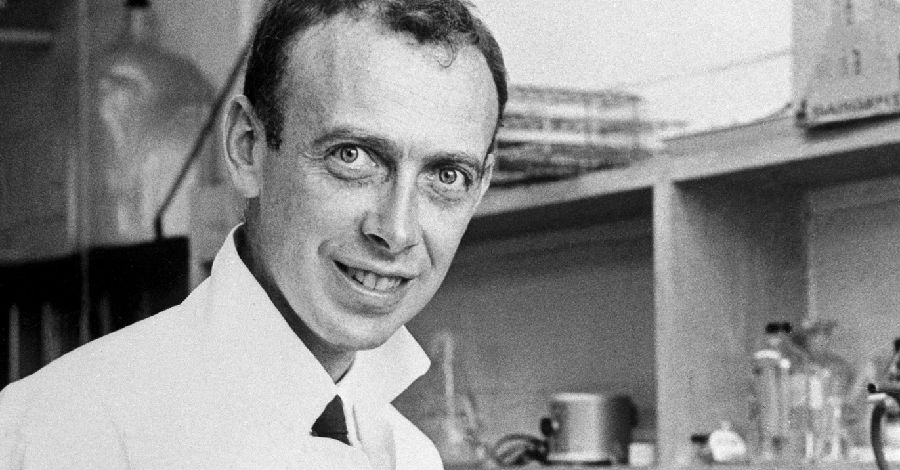In an exceedingly distinguished career, he would win two Nobel Prizes (for chemistry in 1954 and peace in 1962), but with DNA he became convinced that the structure was a triple helix, not a double one, and never quite got on the right track. Instead, victory fell to an unlikely quartet of scientists in England who didn't work as a team, often weren't on speaking terms, and were for the most part novices in the field.

The most unconventional of the foursome was James Watson, an American prodigy who had distinguished himself as a boy as a member of a highly popular radio program called The Quiz Kids (and thus could claim to be at least part of the inspiration for some of the members of the Glass family in Franny and Zooey and other works by J. D. Salinger) and who had entered the University of Chicago aged just fifteen. He had earned his Ph.D. by the age of twenty-two and was now attached to the famous Cavendish Laboratory in Cambridge. In 1951, he was a gawky twenty-three-year-old with a strikingly lively head of hair that appears in photographs to be straining to attach itself to some powerful magnet just out of frame.












